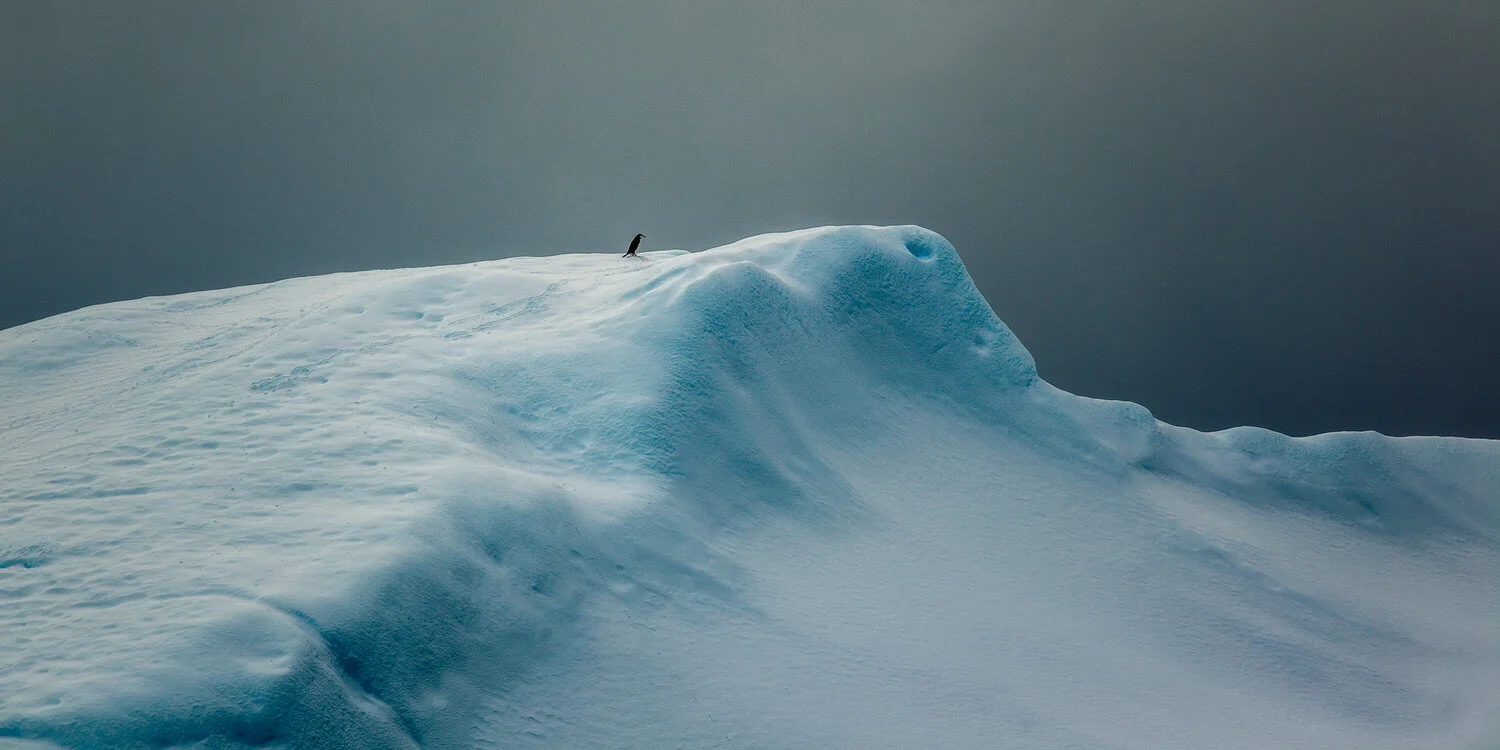Minimalist Photography
A red barrier provides a splash of vibrant color in this otherwise black and white photo of Web Bridge in the Docklands precinct of Melbourne, Australia.
Minimalist photography offers interesting opportunities when it comes to making photos that are strong in composition.
Likewise minimalistic architecture, particularly at night, provides the enthusiastic photographer with fantastic subject matter.
Night is a very special time. The darkness seems to concentrate our vision as we’re drawn to the light.
In fact we’re largely unable to perceive color at night, unless that color is adequately illuminated.
Perhaps it’s one of the reasons why illuminated objects, particularly colorful ones, look so amazing against a dark sky.
Those colors seem to vibrate against the blackness that surrounds them, much the same way as a drum beating in the night.
Composing your photo around simple subject matter, with bold lines and a spare color palette, will set you up for success when you’re exploring minimalist photography opportunities.
How to Photograph Minimalistic Architecture
This photo features the distinctive Web Bridge.
Crossing the Yarra River, on the edge of the Central Business District in Melbourne, it’s a great example of minimalistic architecture and I really loved photographing it.
Web Bridge is a modern bridge with a striking design that looks great at all times of day. But it’s at night when the illuminated structure really comes to life.
The inclusion of the red traffic barrier in the foreground adds an extra dynamic to the photo.
Together with the white line running along the centre of the pathway, the red barrier emphasizes the sense of three dimensional space that leads the eye on a journey through the frame.
The photo was made on a lovely, warm evening with my old Canon 5D camera secured to one of my trusty Really Right Stuff tripods.
I remember employing my favourite Really Right Stuff BH-55 LR ballhead to the tripod for enhanced control over the composition.
While it’s certainly possible to make photos at night without a tripod, they become essential tools when extended depth of field, sharpness and exacting composition are required.
The photo was made at a 6-second exposure at an aperture of f/22. The sensitivity of the camera was set to ISO 400.
Even though it was night there was quite a few pedestrians and cyclists crossing the bridge.
Opting for ISO 100 would have extended the exposure time to 24 seconds during which time people would have entered the frame.
Subject blur can produces interesting visual effects but, in this case, with the pedestrians passing so close to my camera they could have produced vibration up through my tripod.
As a result, image sharpness may have been compromised.
A Splash Of Color in a Minimalist Photo
Occasionally it’s a good idea to add a new look to your photography portfolio. For example, a splash of color in an otherwise black and white image.
The technique that I refer to as local color is one such look that, when employed sparingly within a portfolio, can produce very effective results.
A really simple way to remove color from a photo is to make the original exposure, in camera, in black and white (i.e., Monochrome).
Many cameras allow you to do this, though the feature is usually restricted to folks who photograph with their cameras set to JPEG.
Another option, for folks photographing in either RAW or JPEG mode, is to convert the original color file to black-and-white in a RAW Converter such as Adobe Lightroom or Photoshop Camera RAW.
This option provides far more control over how the brightness of a particular color is rendered (e.g., lighter or darker), compared to that of other colors within the same scene.
In the case of the above photo I went for a variation on the theme. Watch the video below to discover how I was able to remove all but the red color from the original image.
Producing a splash of color, in an otherwise black and white image, is fun and really easy to do, once you know how.
Have you ever seen photos that appear to be black and white, except for a single color. This short video gives you all the information you need to explain why this happens and how you can use Adobe Lightroom to achieve the same result yourself. It's so simple, if you know how.
Minimalist Style in Photography
I have a whole bundle of tips and tricks up my sleeve, including the minimalist style explained in the above video tutorial.
I share many of these tips and tricks, one-to-one, in my Lightroom for Photographers course. It’s available to anyone living in or around Melbourne, Australia.
After an introduction to the Lightroom interface, menu structure and tools I’m there to help you work through your own photographs quickly and efficiently.
You’ll learn how to achieve amazing results in as little as two minutes per photo. Topics often covered include the following:
Portraits - How to achieve better skin color.
Landscapes and Architecture - How to bring colors to life and add extra sharpness and better definition to your photos.
Black and white - Produce dynamic images that jump off the screen or opt for a more gentle, intimate result.
Workflow - How to dramatically increase the speed at which you’re able to process your photos.
Organization - How to quickly organize, rate and find your photos.
Import - How to bring your photos from camera or computer into Lightroom.
Export - How to export versions of your photos for inclusion into email and social media; onto your own website or blog; or for printing.
If you’d like to chat about my Lightroom for Photographers course feel free to Contact Me directly.
If you leave your number I’d be happy to call you back and chat about all the options.








